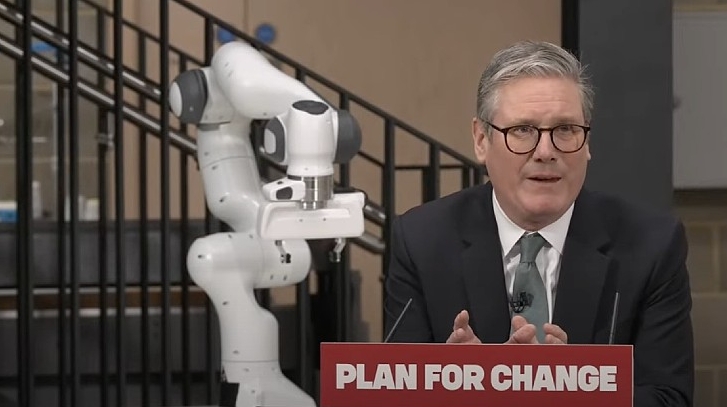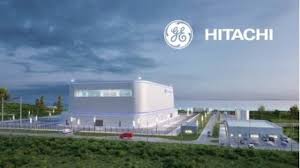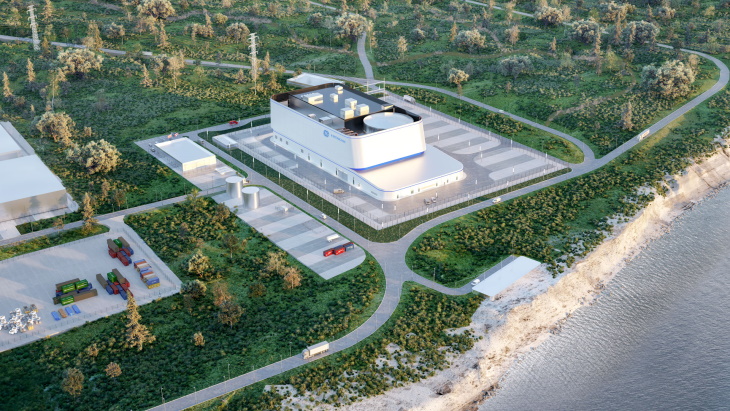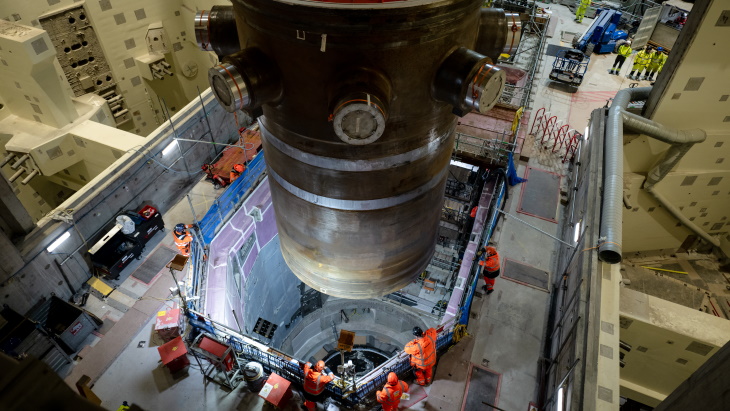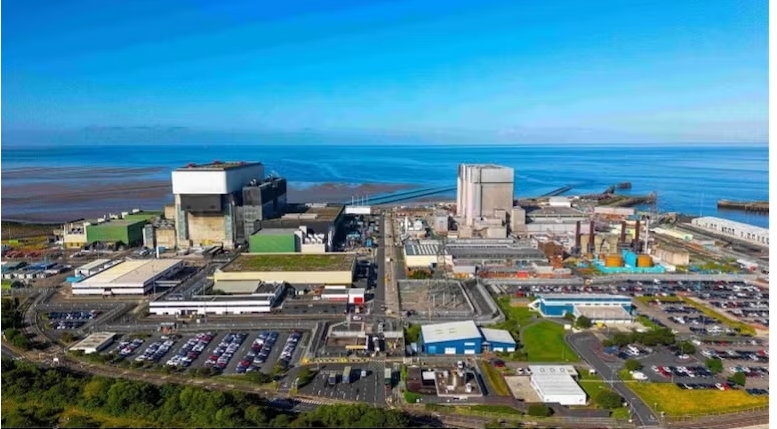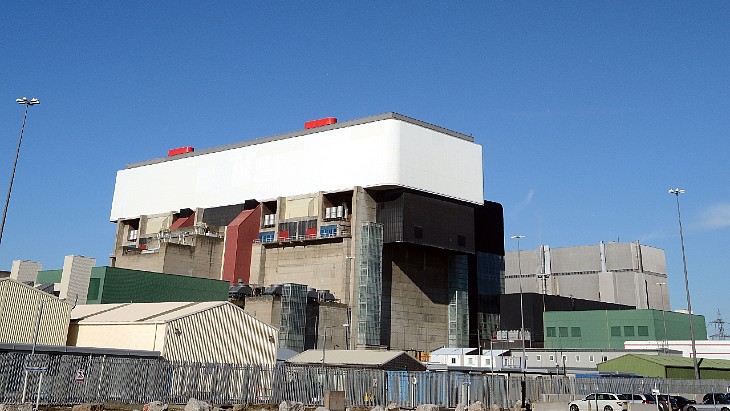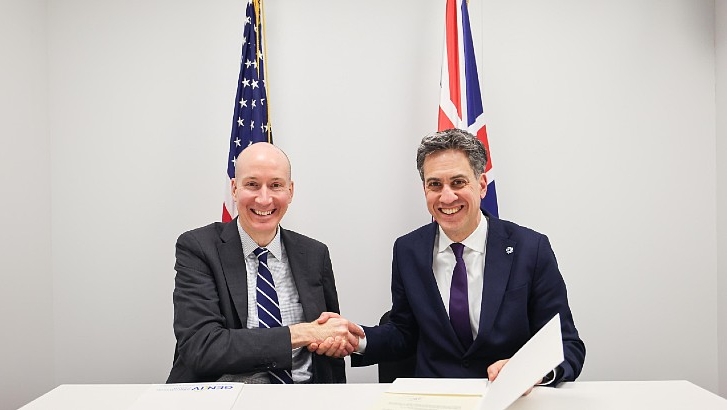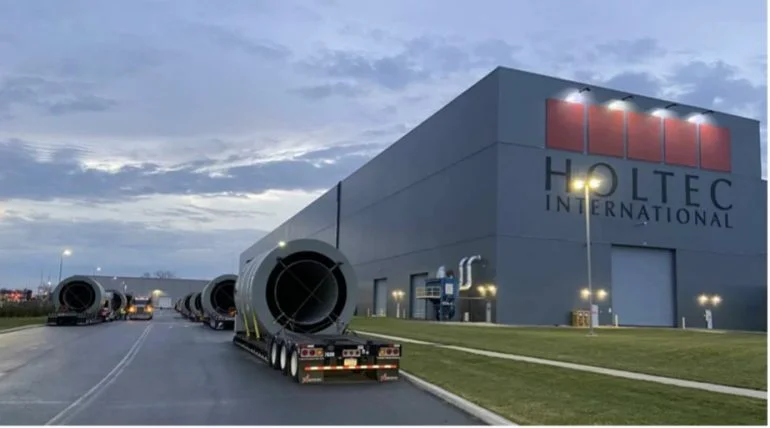The restarts of three advanced gas-cooled reactor (AGR) units at EDF's Dungeness B and Hunterston B nuclear power plants in the UK have been postponed.
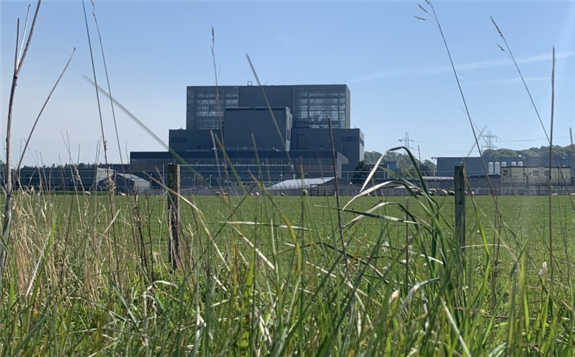
Dungeness Reactor 22 and Reactor 21 were taken offline, respectively, on 27 August and 19 September, 2018 - for pre-planned outages. During that work, EDF uncovered issues to do with the main steam line and then corrosion. In recent months attention has been focused on issues to do with the site's boilers.
Restart dates were 11 September for Reactor 22 and 21 September for Reactor 21, but these were re-forecast yesterday as 10 December for Reactor 22 and 20 December for Reactor 21.
Located in Kent, England, Dungeness B's two 520 MWe AGR reactors started up in 1983 and 1985, respectively. In 2015, EDF announced a ten-year life extension for Dungeness B to 2028 as part of the company's strategy to keep its UK nuclear fleet in operation until at least 2023 - the year that its Hinkley Point C nuclear power plant - under construction in Somerset, England - was due to be commissioned. That commissioning date has since been moved to 2025 for the first of the plant’s two UK European pressurised water reactors.
John Benn, station director at Dungeness, said: "The team at Dungeness continues to work tirelessly to prepare the site for a return to operations. The issues identified early in this outage have been addressed, as part of our significant investment programme over the last two years. As more work has been done, further issues have surfaced that require further detailed analysis and engineering work. To enable this work to be done, and to give the Office for Nuclear Regulation [ONR] sufficient time to consider its response, the decision has been made to push back our restart dates until mid-December."
Hunterston Reactor 3 and Reactor 4 were taken offline on 9 March and 3 October, 2018 to work on issues related to their graphite cores. Following the approval of a safety case with the ONR, Reactor 4 was returned to service on 25 August, 2019 until 10 December, 2019.
Hunterston Reactor 3 had been due to restart on 20 August, but that has now changed to 30 August. The restart date for Reactor 4 remains 17 September.
An EDF spokesman said: "The ONR is continuing its assessment into the Hunterston B return to service case, using the information EDF has provided after extensive rounds of modelling and analysis. In the last few years, EDF has invested over GBP200 million in understanding the likely impacts on the graphite reactor under a range of worse case scenarios, including up to a 1 in 10,000 year seismic event, much larger than the UK has ever experienced. We remain confident that we would be able to shut down the reactor in all such scenarios."
Hunterston Reactor 3 (also known as B-7) and Hunterston Reactor 4 (B-8) were taken offline when cracks were found during routine inspections. EDF has said it still expects Hunterston, which is in North Ayrshire, Scotland, to close in 2023. The 475 MWe and 485 MWe reactors began operations in 1976 and 1977.
The reactor cores of all 14 AGRs in the UK are made up of graphite bricks. Channels run through these bricks for nuclear fuel, and also for control rods which can stop the nuclear reaction if needed. This graphite was always expected to change over time. How it ages is one factor which will determine how long Britain's AGRs will operate.
